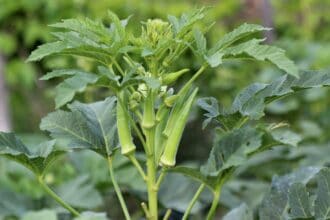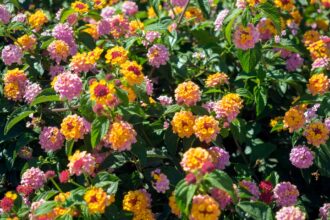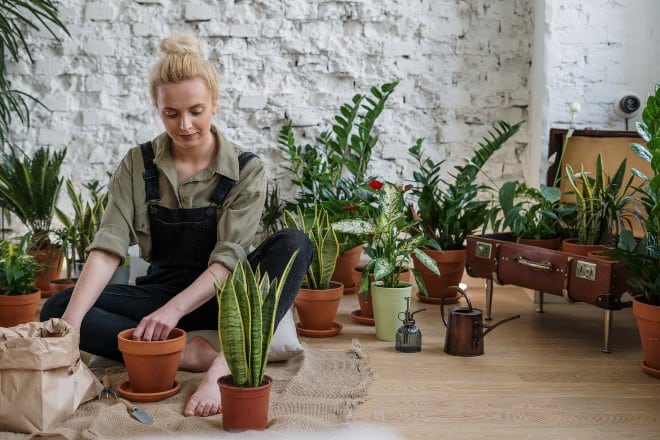
via: Pexels / cottonbro
Don't know when to repot plants? The question "how often should you repot plants" is a pretty common one in the world of gardening.
I've written plenty of posts on how to start a garden. so I can help you learn how to know when to repot plants. In my experience as a professional gardener, I've found a lot of tell-tale signs that your plant is ready to move to a different home.
Let's start.
Contents
When to Repot Plants - The Signs You Should Look Out For
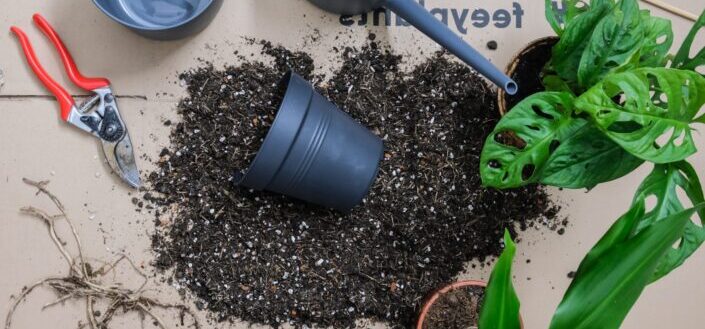
via: Unsplash / Severin Candrian
There are plenty of signs that your plants might need repotting. More often than not, your plants will tell you exactly when they need a new home. You just have to pay close attention to what they're saying.
How can someone check their plant's roots to see if it requires repotting? We'll answer all of that and more in this section.
So if you're planning on repotting your plants, you have to watch out for any of the following:
Sign #1: Your plant's growth rate is slower than before.
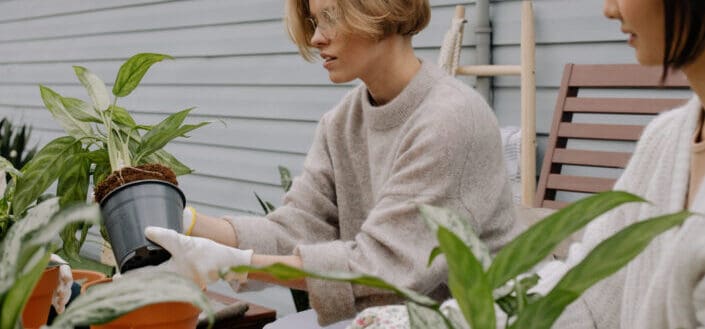
via: Pexels / cottonbro
If you notice that your plants are not putting out new leaves or any new growth, it's probably time to repot plants.
Repotting plants is a great way to encourage growth. When you think about it, giving your plants more room to root equals giving them a better opportunity to get more nutrients. Ultimately, repotting your indoor plant can help it grow faster and healthier.
Sign #2: The soil dries out more quickly.
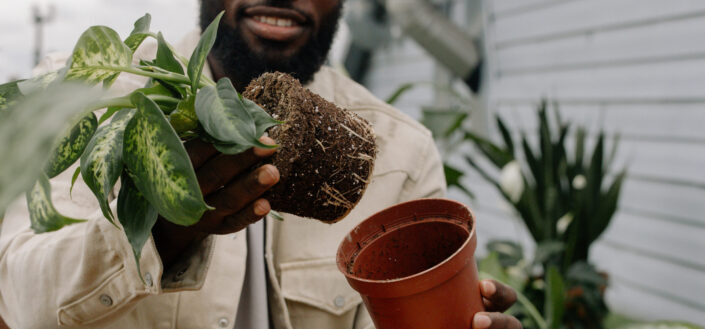
via: Pexels / cottonbro
Using well-draining soil in your pots is crucial to prevent root rot. However, if you notice that your plant's soil drains more quickly than usual, it's time to transfer your houseplant into a new pot with fresh soil.
Even for any new plant, you have t make sure that the pot and soil mix has good drainage and aeration for healthy roots and root ball.
Sign #3: Another tell-tale sign that your plants need repotting is their roots.
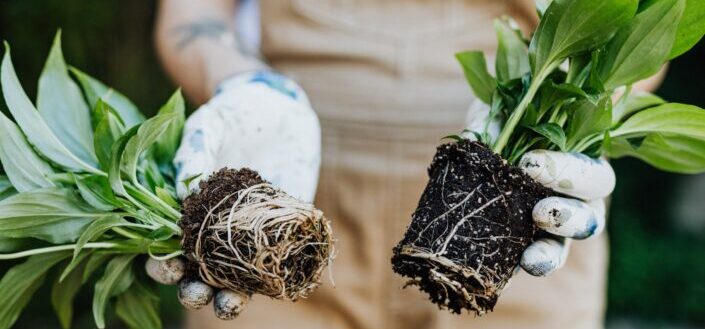
via: Pexels Karolina Grabowska-
If your plants' roots are peeking through the drainage holes or pushing your plants upwards and out of the soil, you'll need to find a bigger pot for transfer.
Plants with bigger roots, such as a snake plant or a giant pothos plant, can destroy nursery pots or other softer pots. You can use clay pots as their new vessel in this case.
Sign #4: The houseplant is "way too big" for its pot.
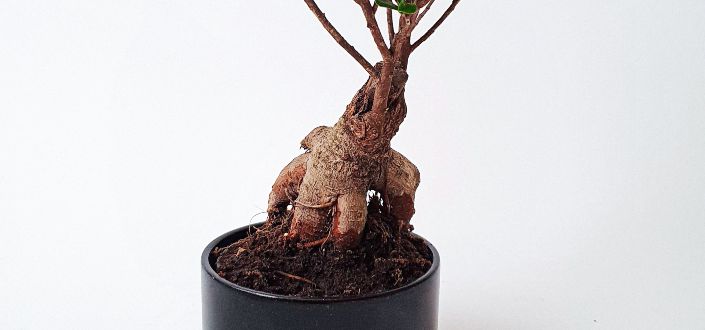
via: Pexels / Elīna Arāja
Top-heavy foilage can tip your potted plant over and cause some damage to its leaves, stems, flowers, and pot. So when you see that your house plant looks like it's way too big for its current home, then it's time to repot houseplants.
When transferring your plants, make sure that the new pot size is about an inch or two larger than the existing pot. This can prevent shock for the plants and allows their root system to adjust better.
Sign #5: You haven't repotted your plants in over a year.
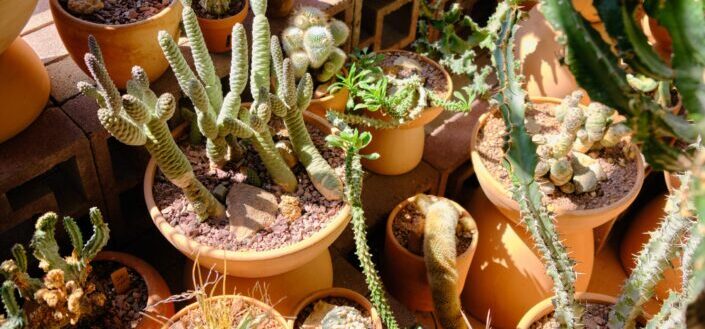
via: Unsplash / Brandon Cormier
The last and necessary sign that you should start repotting houseplants is when you've literally never done this activity in an entire year. Letting your plants stay in the same old pot that they came in with from the garden center can do a lot of damage to the plant roots.
This is a chore that should be done at least once a year to encourage growth and better health for your beloved greenery. Having them grow in a larger container with new soil can help them grow stronger roots and push out new leaves.
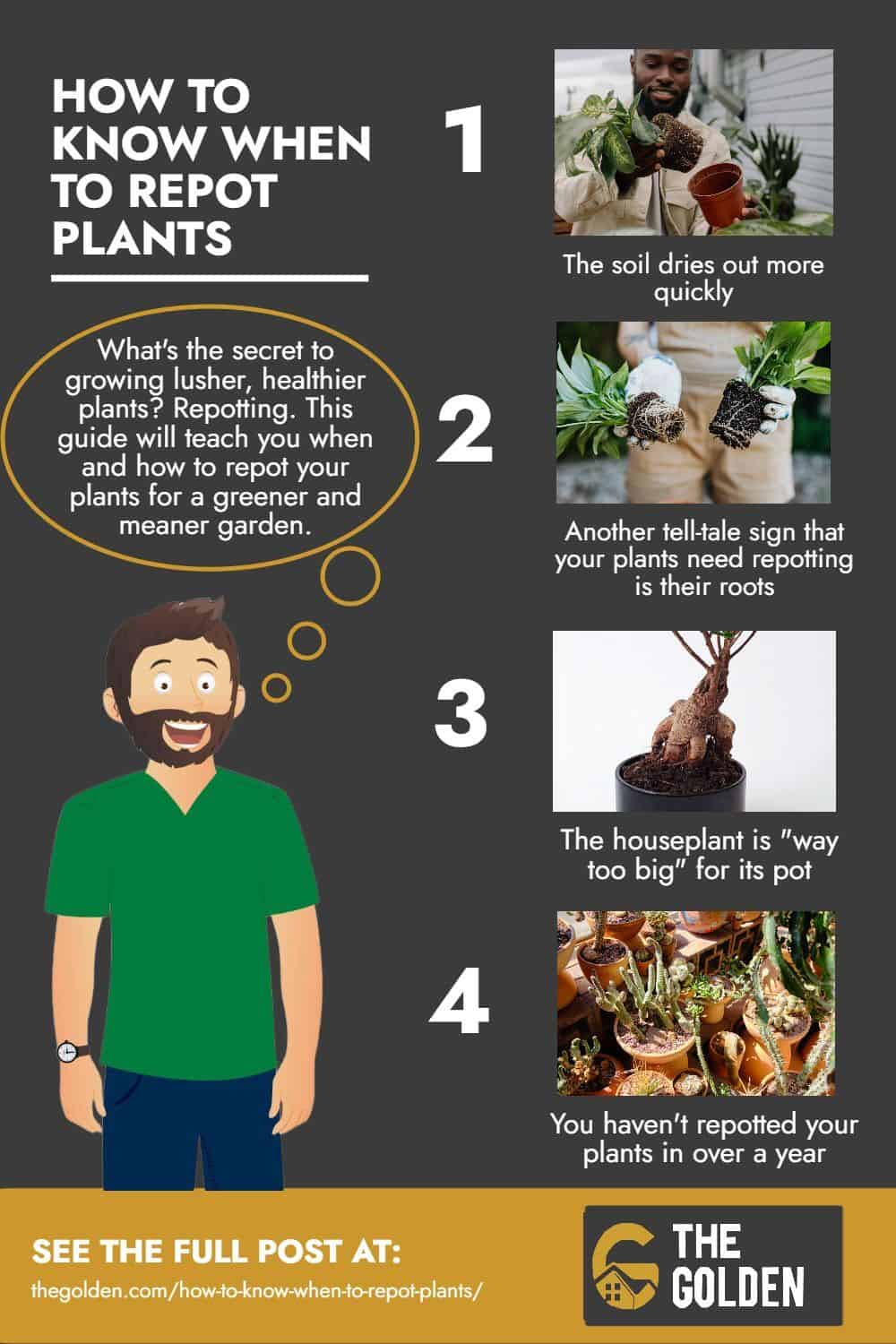
via: TheGolden
Share This Image On Your Site
How To Transfer Plants - 6 Easy Steps
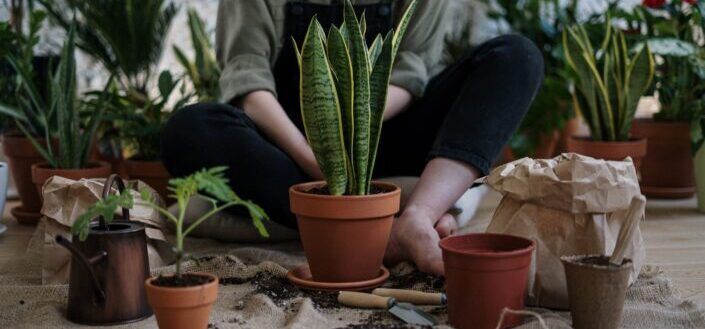
via: Pexels / cottonbro
Transferring your plants to a new container might sound intimidating for a novice gardener. However, all plant-lovers go through the same feeling and thought.
Thinking about the possibilities of growing larger, healthier plants that seem to turn any room into your personal jungle is exciting and scary at the same time. But believe me when I say that leaving your plants in each of their current pot can hinder the growth you wish for them.
Step #1: Take the plant out of its current container.
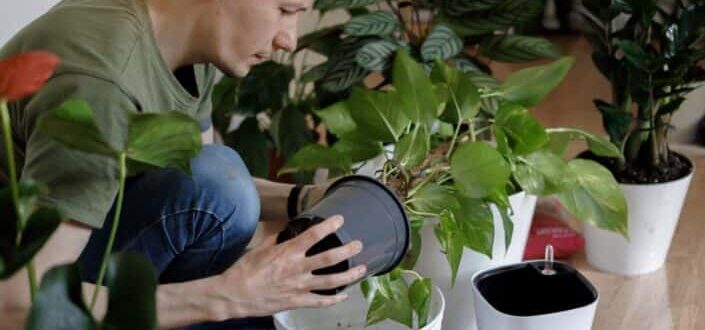
via: Unsplash / vadim kaipov
The first step of repotting is to remove your container plant from its vessel. Make sure that you check the soil for any plastics, netting, and pests. All of these can get in the way of growing stronger roots for your plants.
Step #2: Loosen their roots.
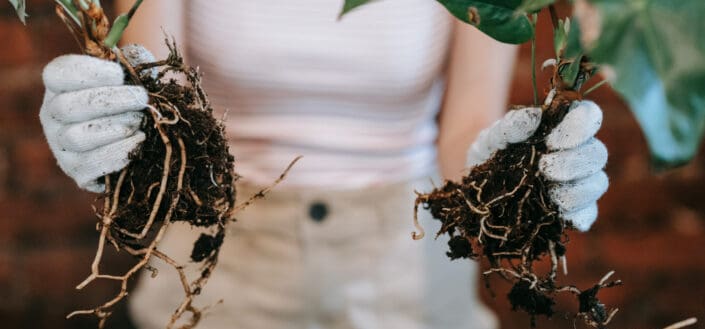
via: Pexels / Sasha Kim
The next step is to examine the plants' roots. Do they look plump, white, and healthy? Are they root bound? If yes, carefully untangle the roots from each other.
If you see any root rot, trim off the rooted part and wash the roots with a mix of peroxide and water. As long as the roots are more than a couple of inches long, you can directly transfer them into a new pot. But, if in any case, you have to remove all or most of the roots because of rotting, leave the plant in some clean water until the root grows.
Step #3: Remove any old potting soil.
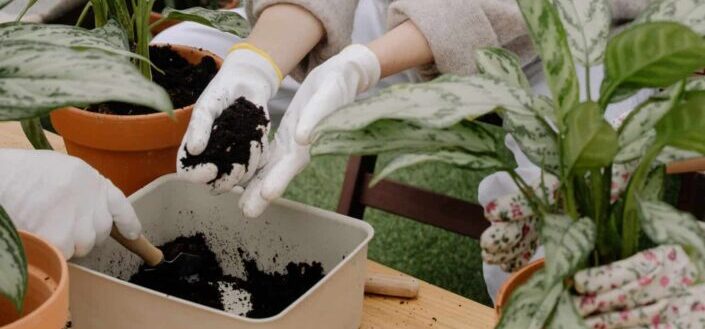
via: Pexels / cottonbro
After untangling the roots, the next thing to do is wash off the old soil from your plants. This soil might contain pests, bacteria, and other harmful elements that can make your plant sick. Using a water-peroxide mix to disinfect the roots is ideal.
Step #4: Replace the potting soil.
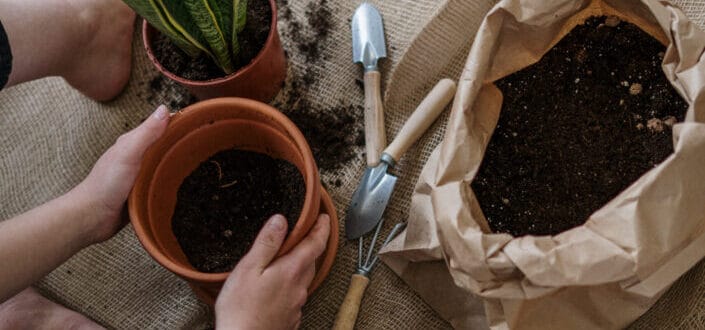
via: Pexels / cottonbro
When repotting your houseplant or outdoor plant, as much as possible, use fresh potting soil. Here's a fresh potting mix recipe that you can use:
- 2 parts new soil
- 1 part orchid bark
- 1 part vermicast or coconut coir
- 1/4 part charcoal
- 1/4 part perlite
All of these ingredients contribute to better aeration for the roots, an increase in nitrogen content, and excellent drainage when you water your houseplant.
Step #5: Add the plant.
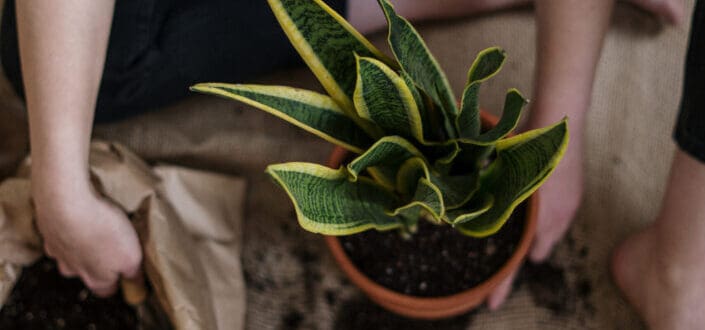
via: Pexels / cottonbro
Fill your clay pot or plastic pot halfway with your soil mix. Carefully place your plant in the pot, and cover the roots with the potting mix. Make sure to pack the soil in to secure your plant in its pot. You can store the excess soil in a new container or other plastic pots for future use.
Step #6: Water the plants to set the soil.
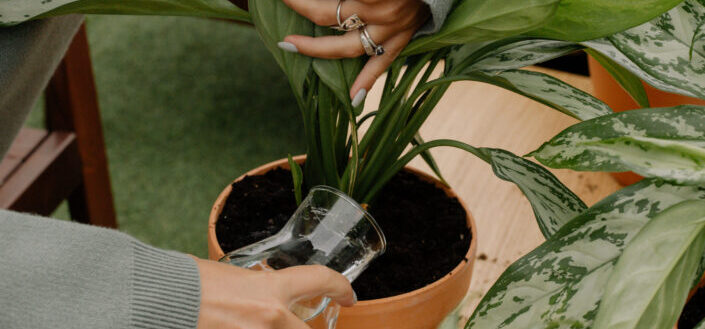
via: Pexels / cottonbro
The last step in repotting is to water your newly repotted plant. Watering right after transferring helps set the soil so that your houseplant is secured and ready to grow.
4 Things To Consider When Transferring Your Plants
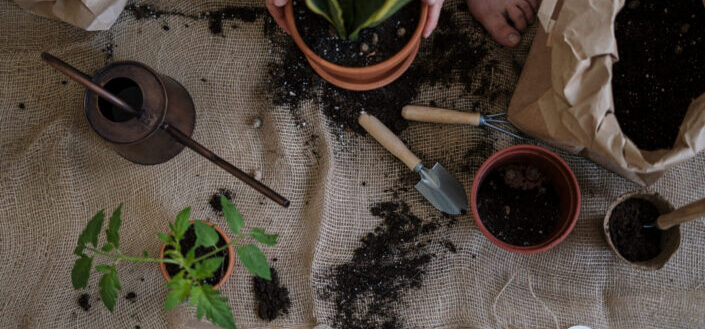
via: Pexels / cottonbro
Whether you're repotting a smaller plant or a larger one, the things to consider remain the same.
>
Consideration #1: Size of the Pot and Drainage
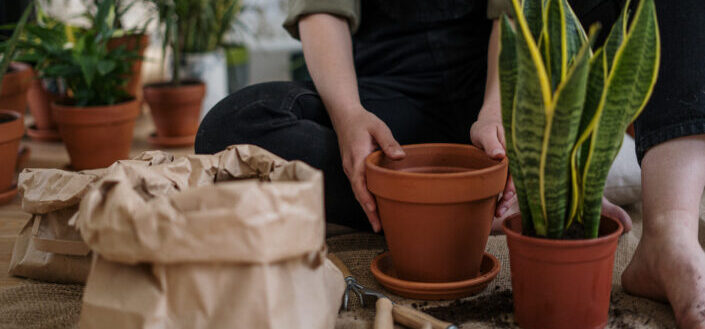
via: Pexels / cottonbro
The size of the pot depends on you and what you have in your possession. When buying a larger pot for your plants, consider the drainage holes. Believe it or not, plants are more susceptible to 'drowning' due to overwatering, and one way to prevent this is by using pots with good drainage holes.
Consideration #2: Type of Soil To Use
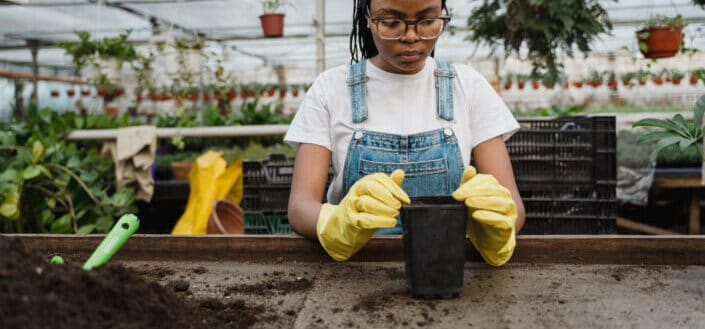
via: Pexels / Tima Miroshnichenko
Another important thing to consider is the potting mix you're using. For houseplants, I highly recommend potting soil that's airy and well-draining. Adding a bit of fertilizer after repotting is a good trick to promote faster growth.
First of all, repotting a houseplant is both a thrilling experience and a risk. When repotting, you allow your plants to grow more and thrive. But at the same time, repotting may take a huge toll on your plant's health.
Consideration #3: Timing of Repotting
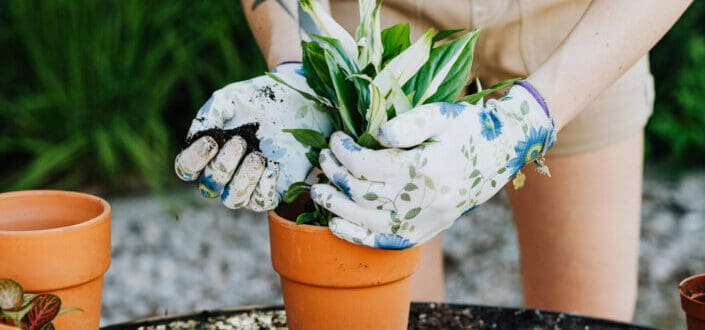
via: Pexels / Karolina Grabowska
In my experience, you can repot plants any time of the day, any day of the year. However, the best time to do so is in the morning. After repotting a plant, you'll need to water the soil down so that the roots will 'stick' better with the potting mix you have.
If you transfer your plants on a bigger vessel during the day, the soil will dry up much faster than repotting at night. Another cool tip to try when repotting your plants is to leave them somewhere with indirect light. Harsh lighting or too much heat may damage your plant, specifically its leaves. So it would help if you were careful while waiting for the roots to get established in the soil.
Consideration #4: How Often Should You Repot a Plant
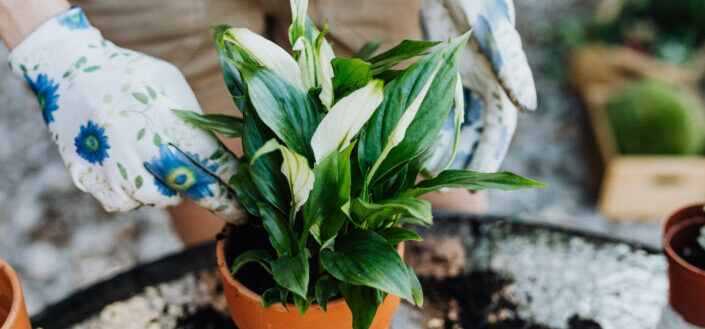
via: Pexels / Karolina Grabowska
Depending on the growth rate of your plants and how big you want them to be, you can repot your plants every 12 to 18 months. This timeframe gives your plants plenty of time to establish roots and stock up on nutrients.
To give you a better example, let's say you have a pothos plant that you want to repot. If you want your plants to become lusher, you'll need to transfer them to a bigger container with more soil. Aside from repotting, you might also want to consider giving your plants trim. Cutting off some leaves or vines can help your plants direct more energy to grow faster.
Frequently Asked Questions

via: Pexels / George Milton
Have more questions on growing plants? I'll answer them here.
Should you water plants immediately after you transfer them to other pots?
Yes. Watering your plants when you move them into a bigger container is a crucial step in establishing them. Unless they securely bond with the potting mix, they won't survive.
Why are my plants dying after repotting?
The scary part people often think of when repotting plants is that they won't survive. I'll share a secret with you to decrease the chances of killing your plants when repotting them. Keep them in an area where they can receive ample indirect light and water them every few days or so. Doing these can help your plants acclimate faster to their new pot.
How often should you replace soil on plotted plants?
Generally, replacing the potting mix should be done whenever you notice anomalies in the pot. Watch out for the following things:
- Water drains slowly.
- Water drains too quickly.
- There's moss, molds, and pests on the potting mix.
- The potting mix you're using is compacted.
Can I use the same soil when I transfer my plants?
You can use the same soil given that it doesn't contain pests, molds, and any other things that can harm your plants. However, I recommend that you use a new potting mix when transferring your plants to a new pot.
More How-To Guide Articles For Plant Lovers
Need more resources for your plant ventures? We got your back! Here are some excellent how-to guides for growing beautiful plants.
- Use this ultimate guide on how to grow zebra plants to impress other enthusiasts.
- Want to know how to grow rose succulents? This post will lay it out for you.
- Learn how to grow mother of thousands easily with this easy-to-follow guide.
Conclusion
See, repotting plants is nothing to be scared off. With the right tools and knowledge, you can easily transfer your plants to a new home whenever you want. Now that you know when to repot plants, you can create a breathtaking garden in any space you choose.








